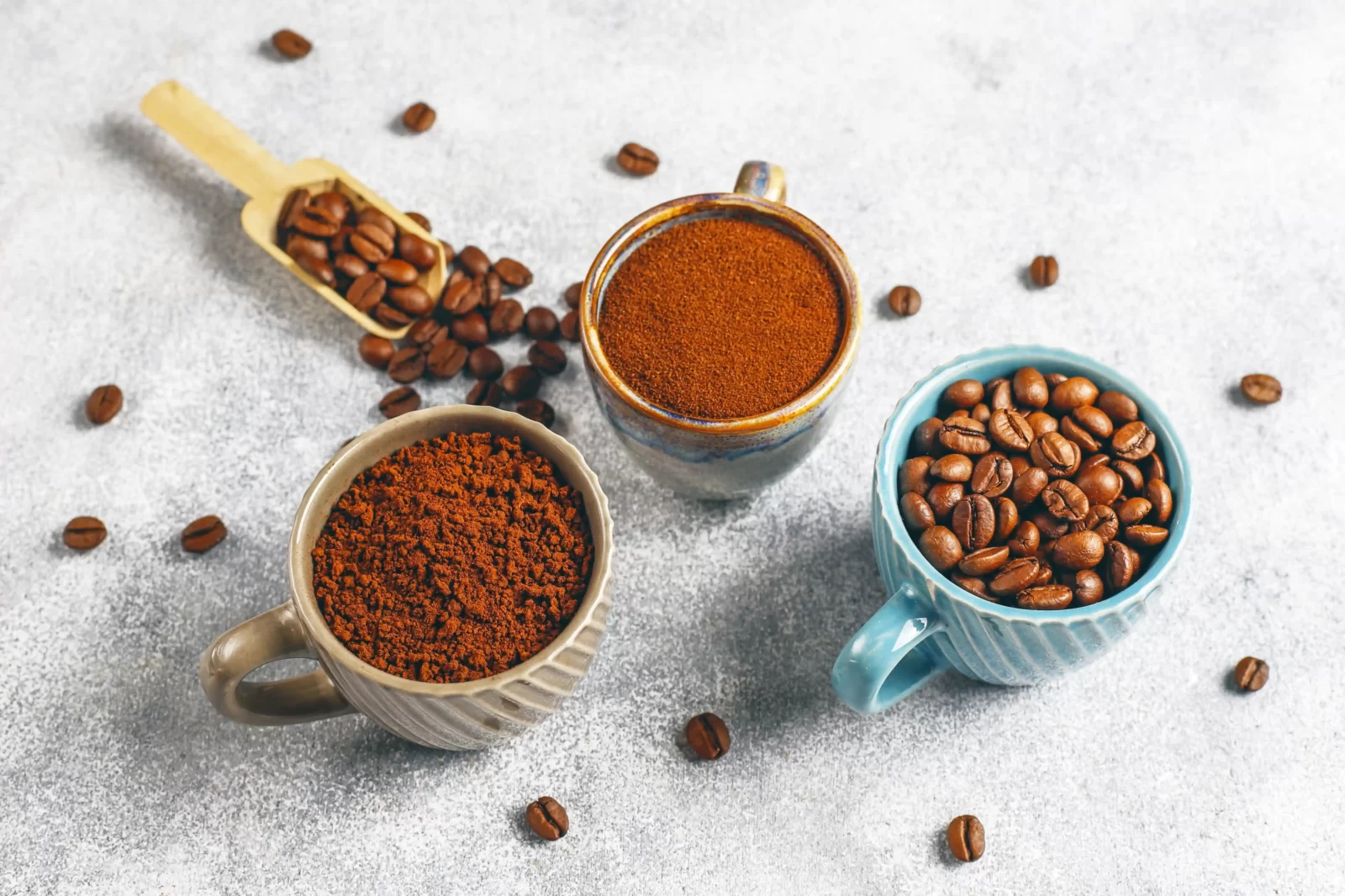Understanding the Differences Between Coffee Beans and Espresso Beans
Are coffee beans and espresso beans the same? – Coffee is one of the most popular beverages around the world. It is made from the roasted beans of the coffee plant. There are different types of coffee beans, and two of the most common ones are coffee beans and espresso beans. But are they the same? Let’s find out.
What is Espresso?
Espresso is a coffee preparation method that originated in Italy. Compared to other brewing methods, it is manufactured by forcing hot water through finely-ground coffee beans under high pressure. It produces a concentrated shot of coffee with a thicker crema and a stronger flavour. Many popular coffee drinks, such as lattes, cappuccinos, and macchiatos, are made with espresso.
What are Coffee Beans?

Coffee beans are coffee plant seeds roasted and crushed to make coffee. Arabica and Robusta are the two main varieties of coffee beans. Arabica beans are generally considered higher grade and have a more delicate flavour with fruit and acidity characteristics. Robusta beans, on the other hand, have a more intense, bitter flavour and are frequently used in blends to give depth and complexity. Coffee beans can be brewed in various ways, including drip coffee, French press, pour-over, etc.
The Differences Between Coffee Beans and Espresso Beans
So, are coffee beans and espresso beans different? The answer is yes and no. Technically, they are the same type of bean – Arabica or Robusta. However, the beans used for espresso are typically roasted darker than those used for regular coffee. This is because the dark roast brings out the bold, rich flavours desirable in espresso.
Roasting Process

The roasting process is a key factor differentiating coffee beans from espresso beans. Coffee beans are typically roasted to a medium or light roast, which preserves their delicate flavours and aromas. Espresso beans, on the other hand, are roasted to a dark roast, which gives them a more robust flavour and aroma.
Blending Process
In addition, the beans used for espresso are often blended to achieve a specific flavour profile. Espresso blends may include a mix of different bean varieties and origins to create a well-balanced shot with notes of chocolate, caramel, fruit, or nutty flavours. On the other hand, coffee blends are often designed for a specific brewing method or taste preference. For example, a light roast coffee may have brighter, more acidic notes desirable for a pour-over, while a medium roast may have a balanced flavour profile that works well for drip coffee.
Regarding the blends, coffee blends are usually composed of different types of beans from various regions, each contributing a unique flavour, acidity, and body to the final product. The blends can be customized to meet the specific taste preferences of consumers.
Espresso blends, on the other hand, are created to meet a specific flavour profile that is desired by coffee shops or roasters. These blends combine beans from various regions and varieties to create a unique and consistent flavour. Espresso blends are often designed to have a strong, bold taste with low acidity, which makes them perfect for lattes, cappuccinos, and other espresso-based drinks.
Conclusion

In conclusion, coffee and espresso beans are technically the same bean types, but they are roasted differently and often blended to achieve a specific flavour profile. The roasting and blending processes are the key factors that differentiate coffee beans from espresso beans. Whether you prefer coffee or espresso, the most important factor is using high-quality beans that have been roasted and brewed to perfection.
Ultimately, it all comes down to personal preference. Some people enjoy espresso’s bold, rich flavour, while others prefer coffee’s delicate and nuanced flavours. But no matter which one you choose, it is important to choose high-quality beans that have been roasted and brewed to perfection.
Our product recommendation for your espresso:
- Gayo
- Mandheling
- Bali Kintamani




